Where to go Kayaking in North Queensland
Townsville has a large range of destinations to paddle, whether it's a day, an overnighter, or a multi-day trip - sea or river.

Townsville has a large range of destinations to paddle, whether it's a day, an overnighter, or a multi-day trip - sea or river.
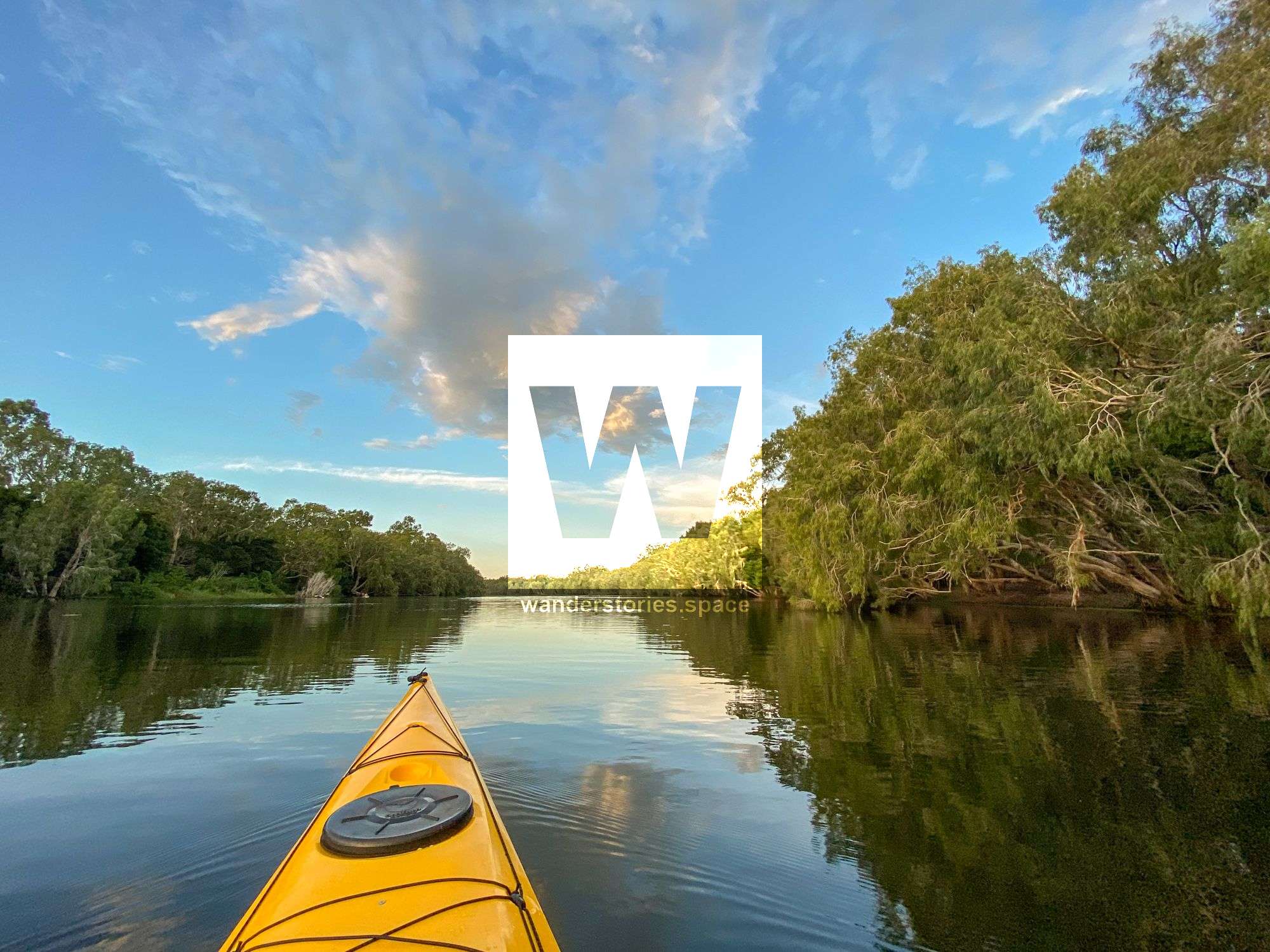
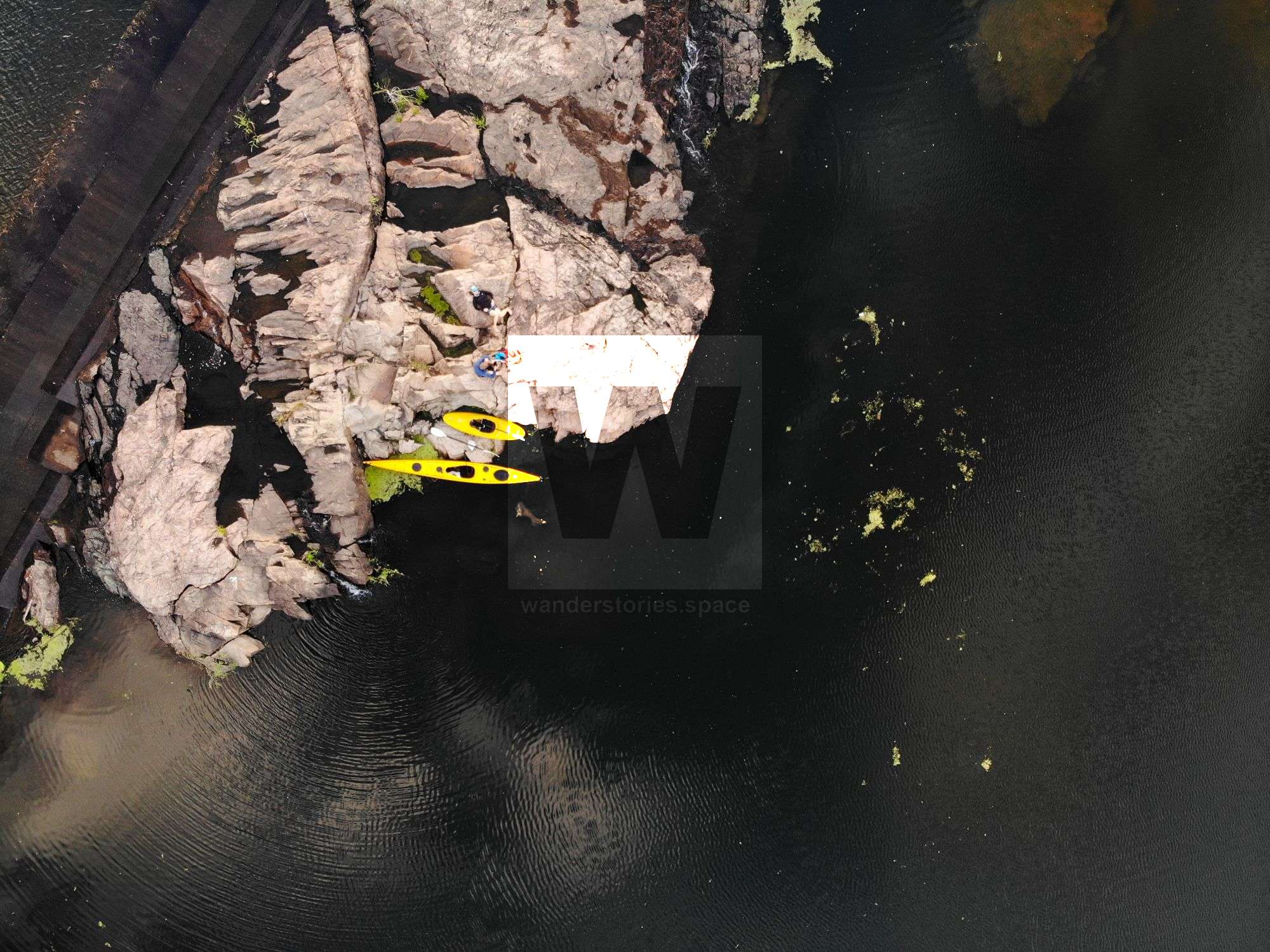
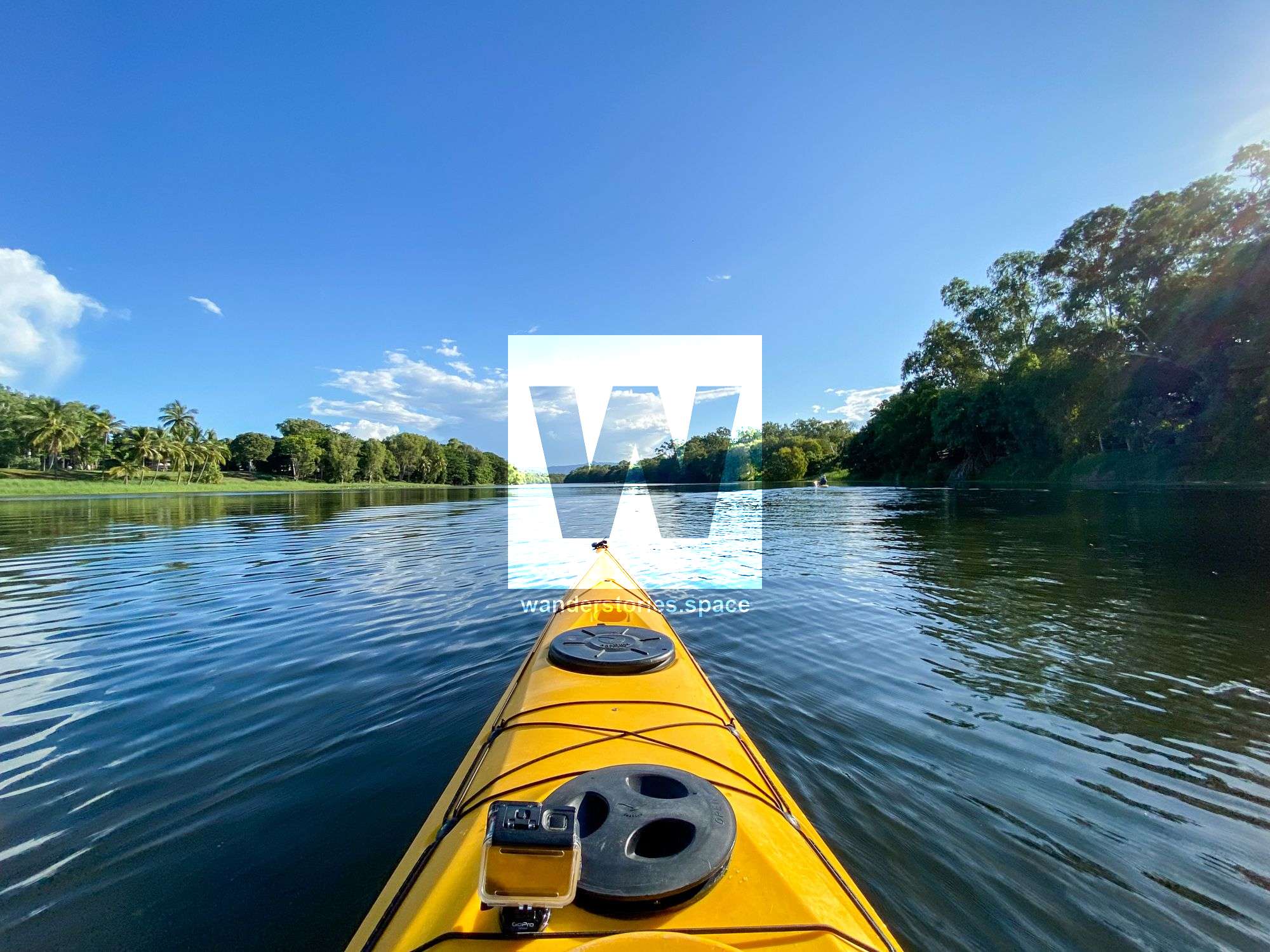
Ross River
Ross River
Ross River is probably the most popular place to kayak. The River is broken up into sections by manmade structures: the Ross River Dam, Black Weir, Gleeson's Weir, and Aplin's Weir. The last weir, Aplin's Weir, provides a barrier to Estuarine crocodiles and upstream fo this is safe for paddling at any time of the year.
There are several easy access, launch spots for kayaks are available along the river, Nathan Street Bridge in Aitkenvale and Loam Island Reserve in Rasmussen with over 10 km of paddling possible along the river between the dam and Black Weir and around 8 km of paddling possible Between Gleeson's Weir and Aplin's Weir.
No swimming is permitted at Lake Ross.
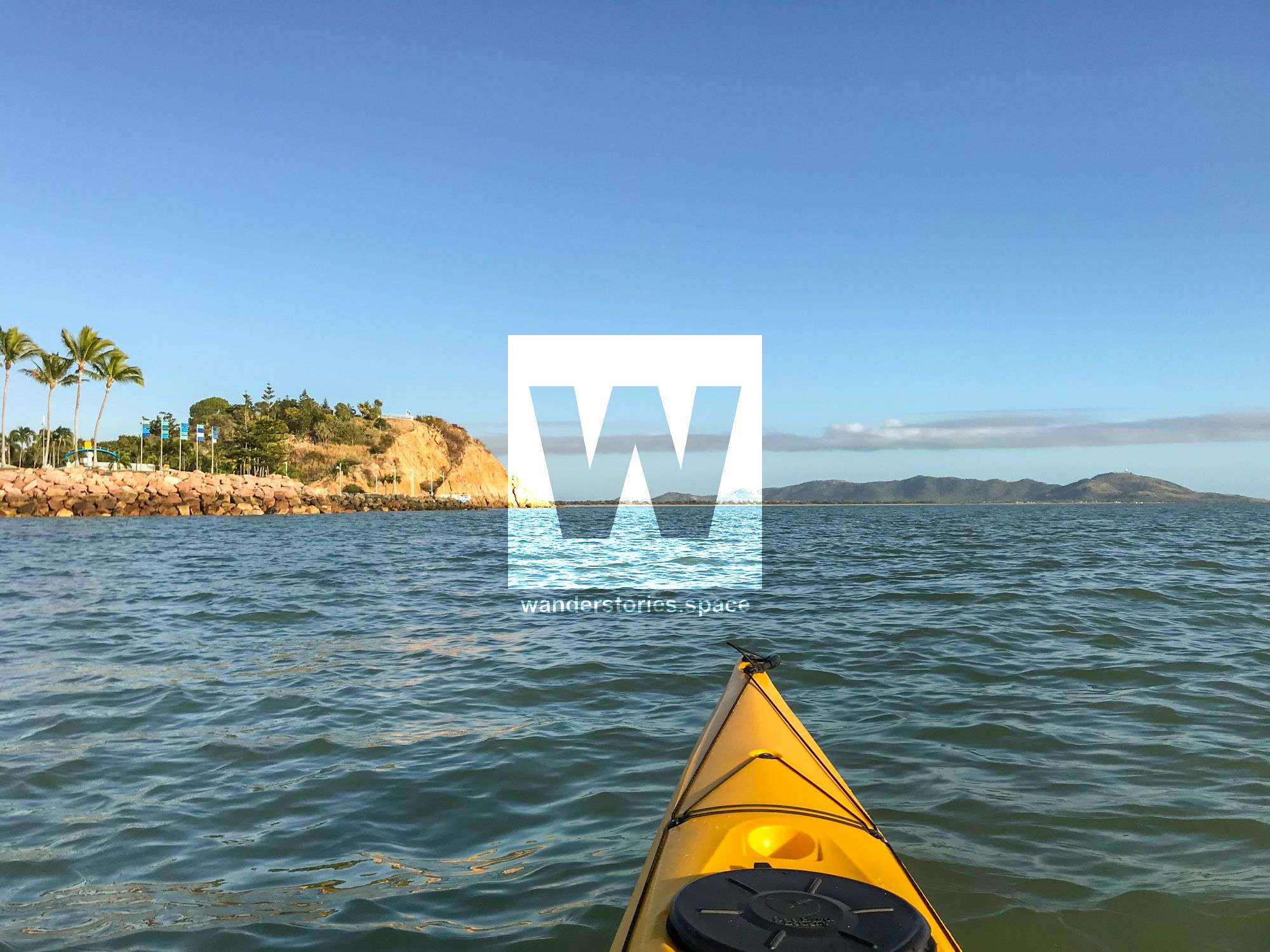
Rock Pool, The Strand
The Strand, Kissing Point, and Rowes Bay
The Strand is located right near the city centre and is a 2.2 km long custom-built beach with a lot of facilities. This popular place is full of safe swimming bays, walkways, and activities facilities such as beach volleyball, playgrounds, and exercise stations. This is a popular launch spot for people wanting to paddle to Magnetic Island and along to coast into Rowes Bay.
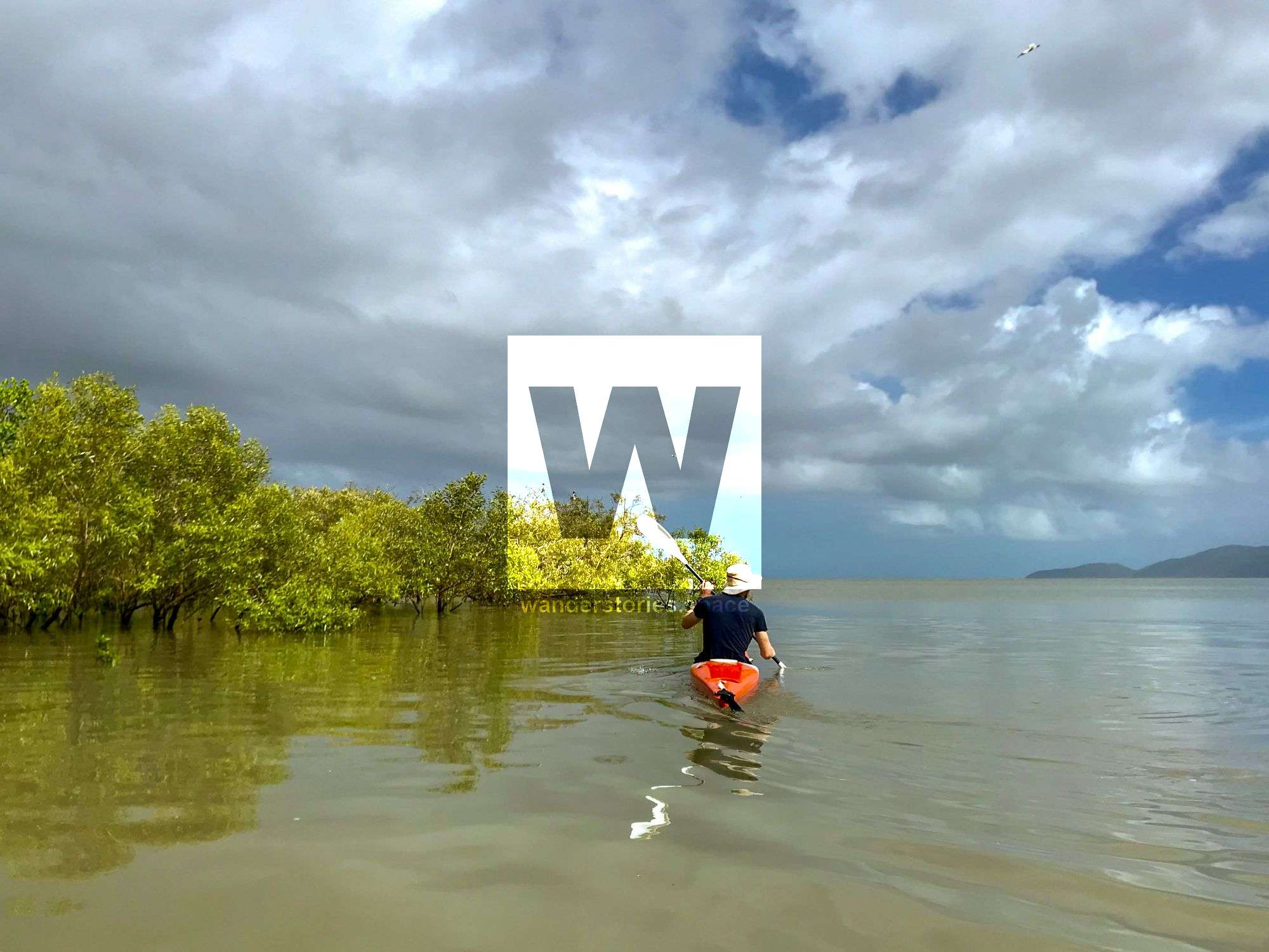
Rowes Bay
Cape Pallarenda and Shelly Beach
Pallarenda Beach is 2.6 km long and ~9 km from the city centre. There are several facilities including public toilets and an anti-stinger swimming enclosure. This is also a place where people launch to paddle across to Bay Rock (9 km one-way), around Magnetic Island (7 km one way to West Point), or just along the coastline to Shelly Beach (3-4 km one way). Shelly Beach is a 3.1 km long stretch of sandy beach, located west of Cape Pallarenda.
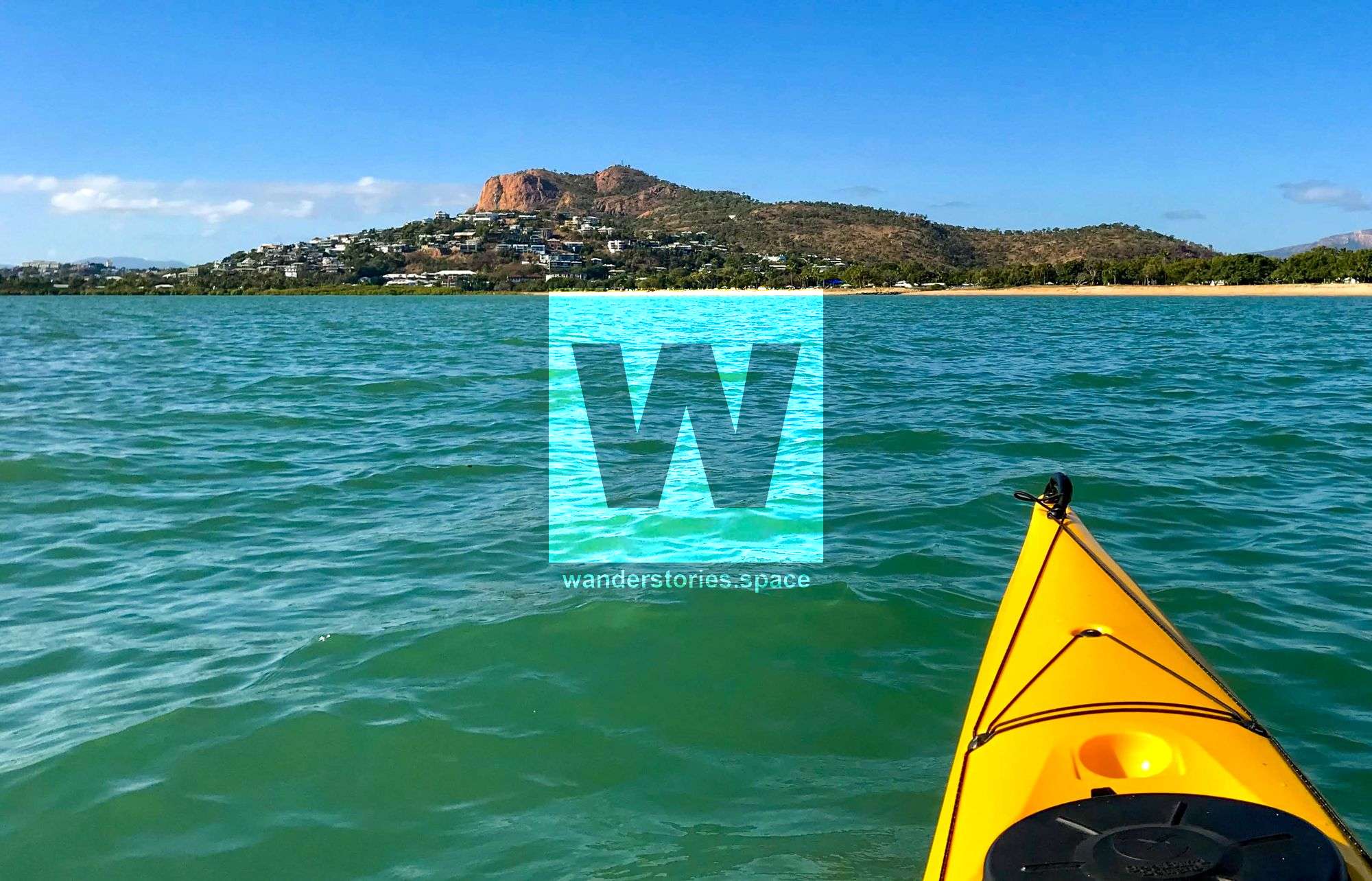
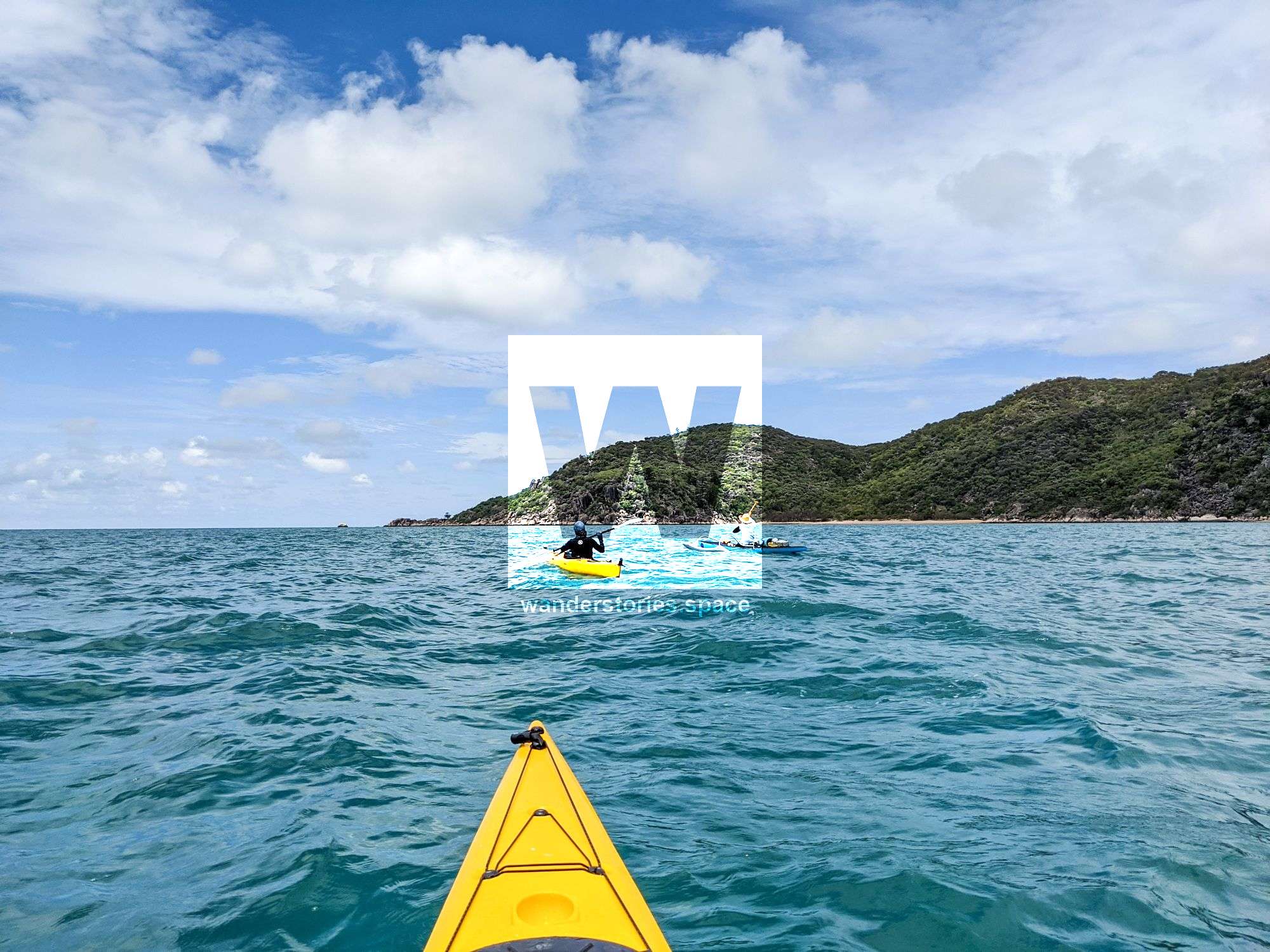
Magnetic Island
Magnetic Island is located 7.5 km off the coast of Townsville with a coastline full of granite boulders and pristine beaches. Access to the island by kayak is best achieved by launching from either Pallarenda, Rowes Bay, or The Strand. This island is a great place to circumnavigate (40-45 km in length) and makes a great day paddle for the more experienced kayaker with the option to stop off at Bay Rock. However, most kayakers paddle from Townsville to Picnic Bay, or Nelly Bay for breakfast at one of the cafes, making the return trip back home (15-21 km round trip).
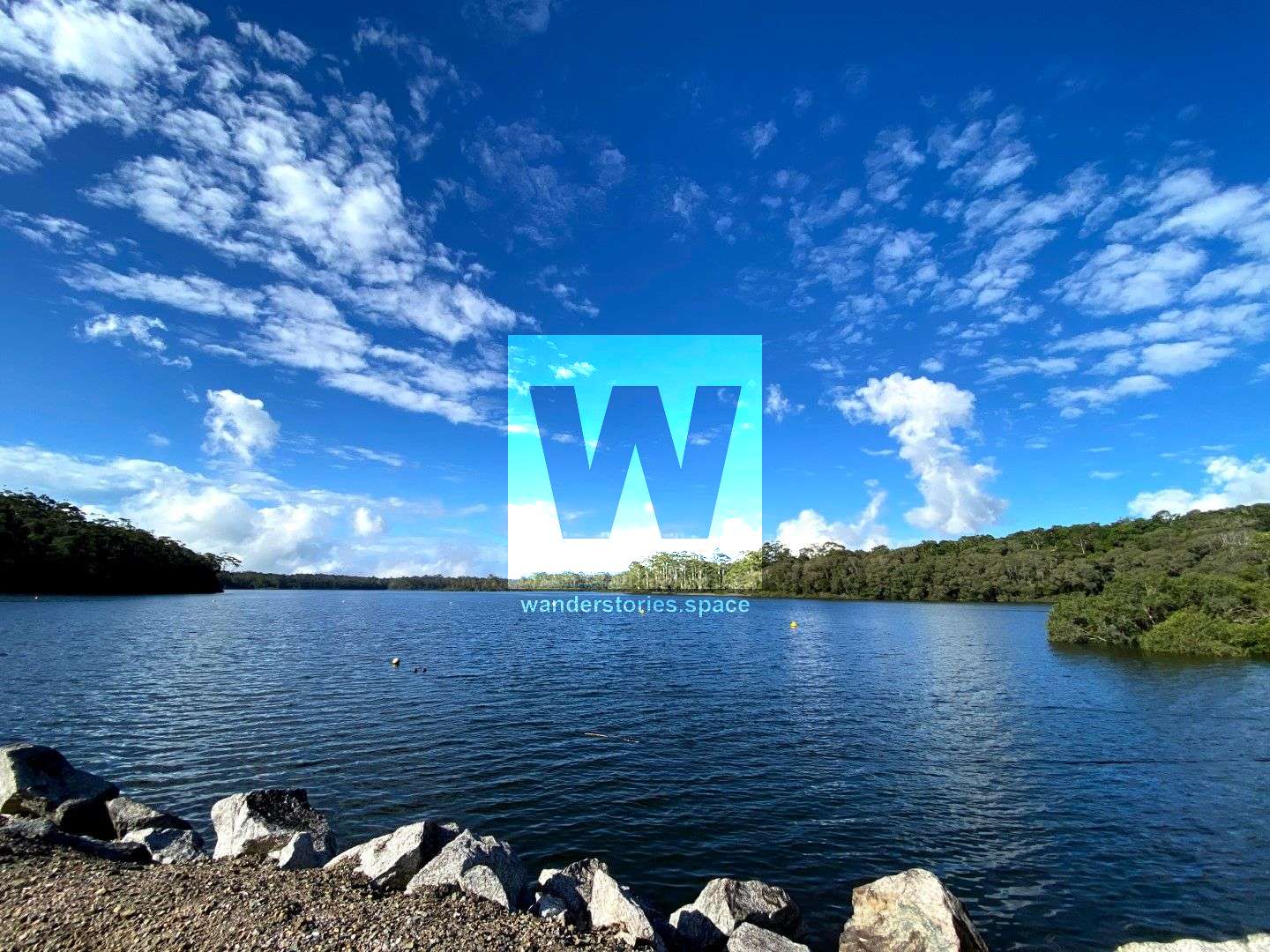
Lake Paluma
Camp and paddle amongst the rainforest at Paluma Dam. Council camping permits are required to stay at Paluma Dam. Take your paddle and enjoy the cool weather and the vast lake with an easy 8 km paddle.
Burdekin River
A good multi-day trip is to paddle the Burdekin River when there's a little bit of flow (more than 1m and less than 2m at the Battery Bridge). You can start at Hervey's Range Road and paddle downstream to Charters Towers. If you paddle downstream from Bivouac Junction (Fanning River) near Macrossan, it's a nice overnight trip. Be aware that there may be crocodiles and that you should seek local intel first.
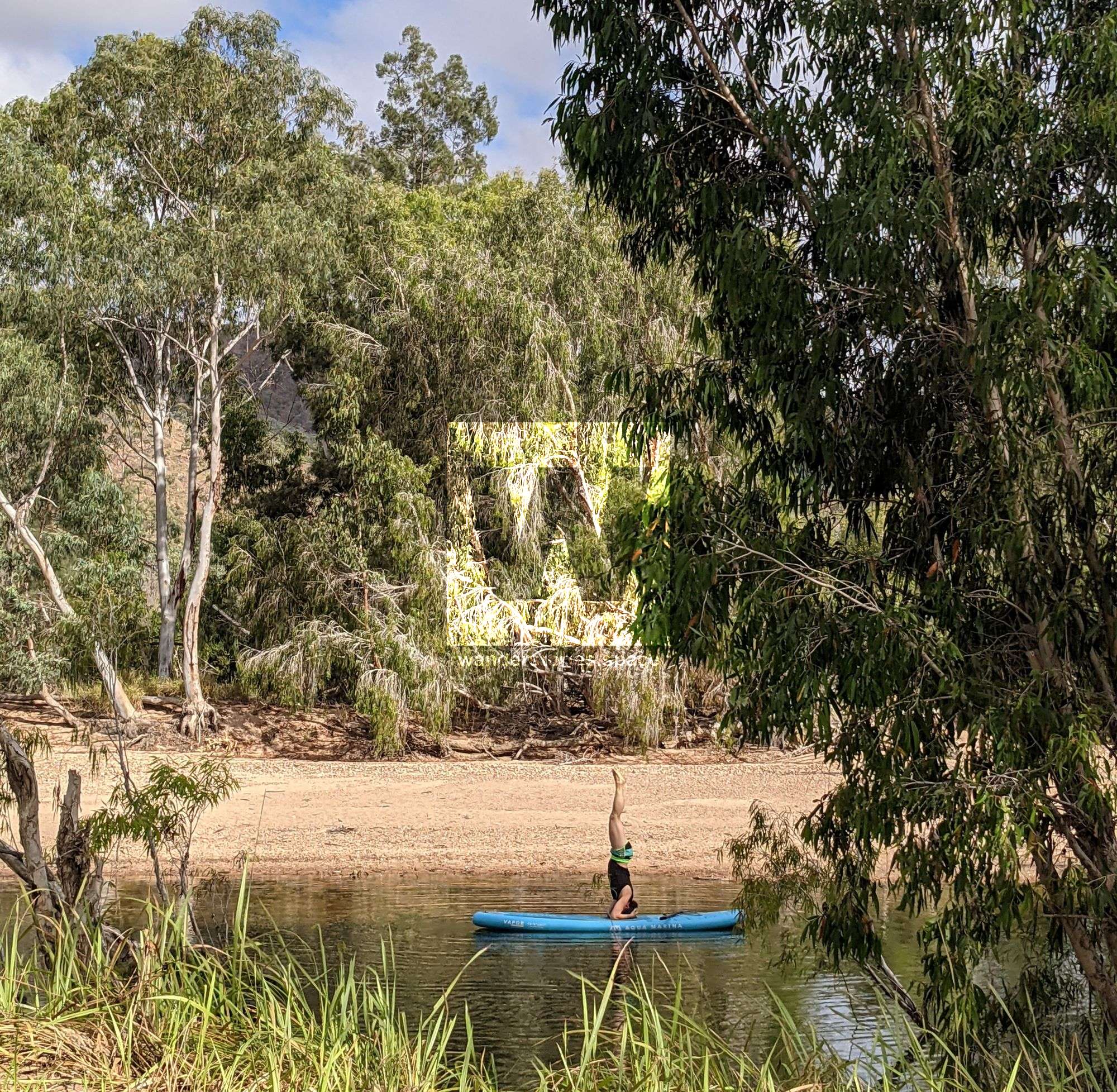
Running River
The water flows all year round and is a Running River is a perfect escape. With your own private campsite down on the banks, camping at Zig Zag Station is superb. The length of paddling is water level dependent.
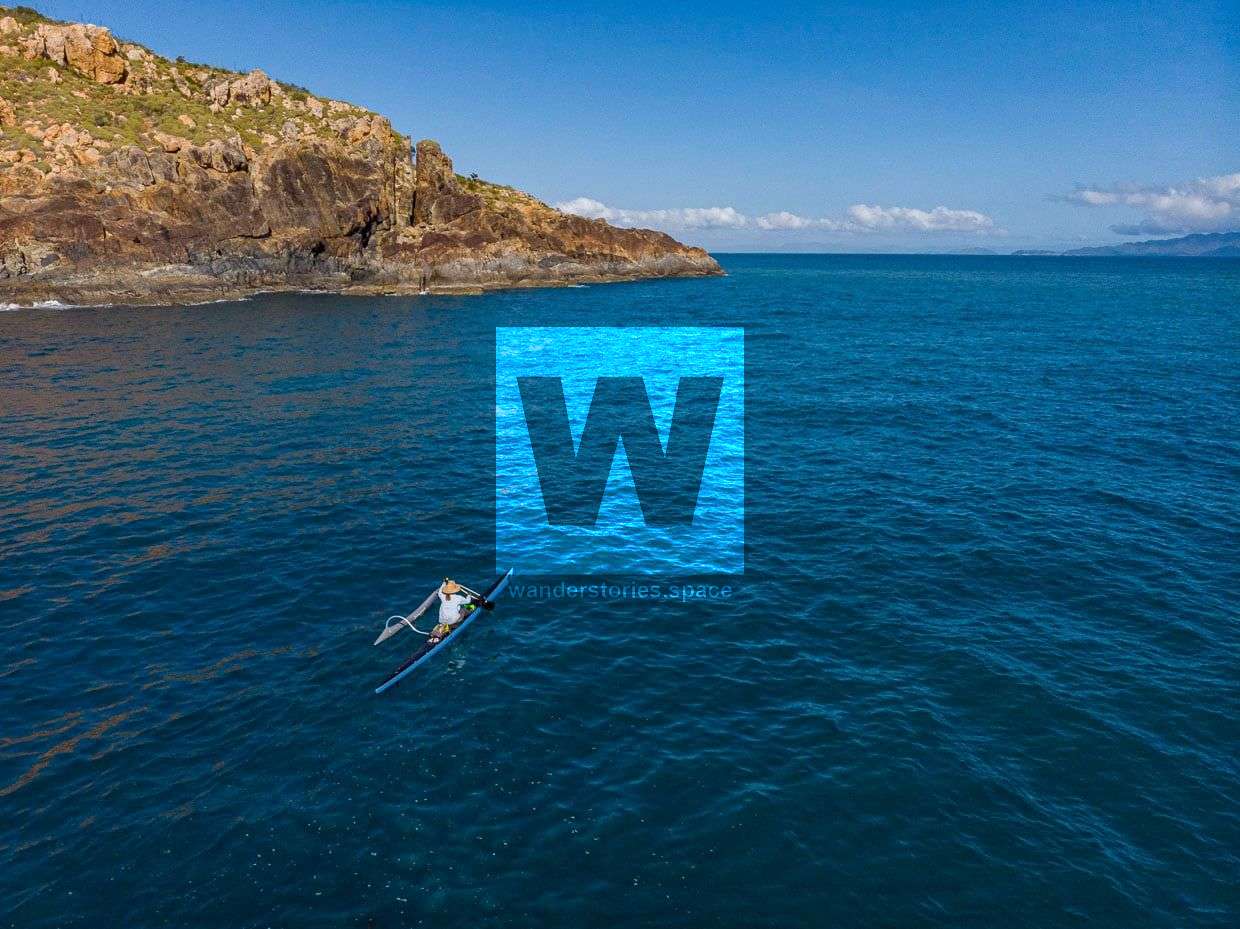
Photo credit: @townsvillebushwalkingclub
Cape Cleveland
Starting at Secret Beach (be mindful of crocodiles at the Ross River estuary), paddle across Cleveland Bay to the tip. This is about a 23 km one-way trip. Every year, the Townsville Bushwalking Club walk out to the tip and some members opt to kayak across.
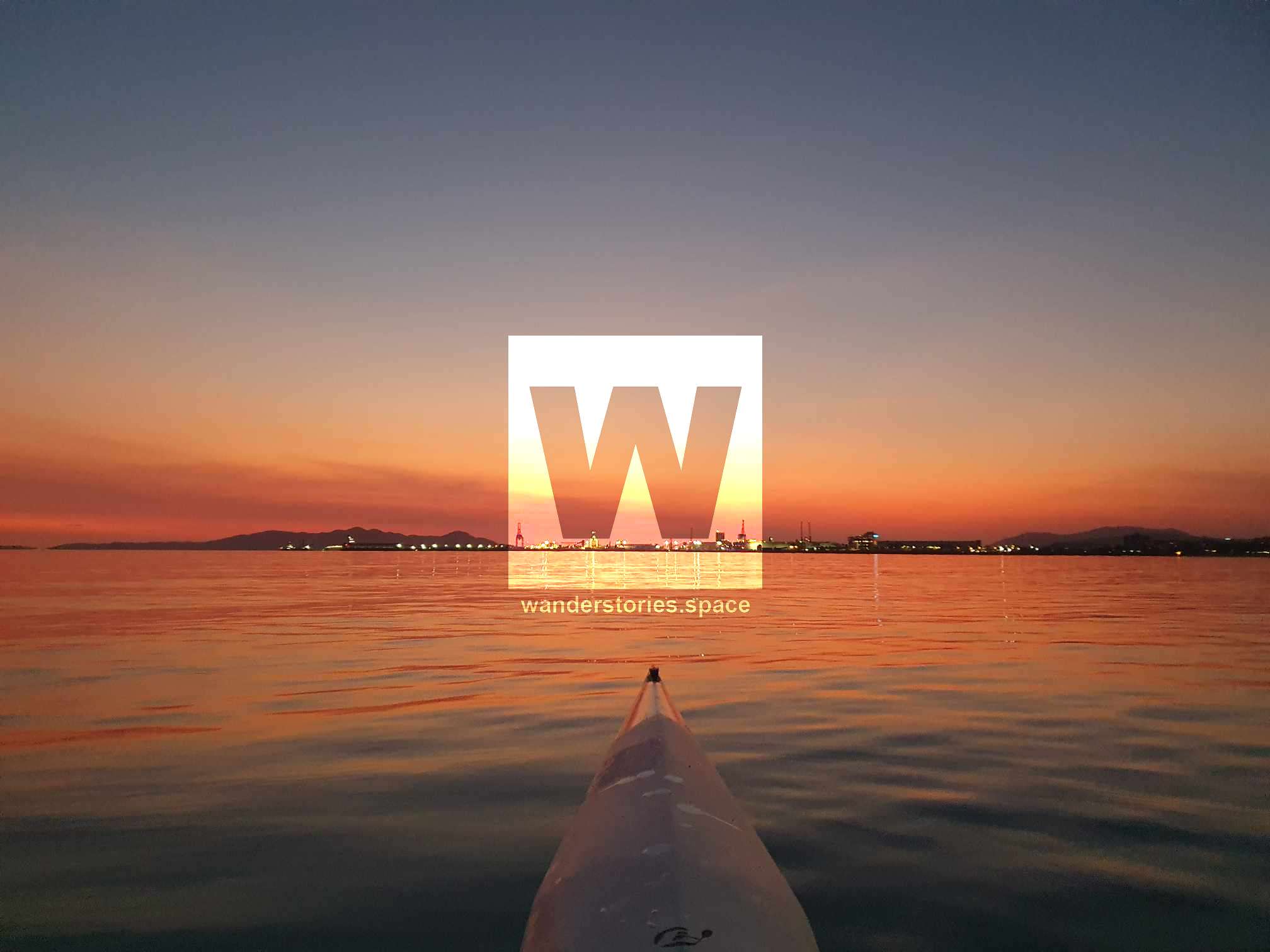
Palm Island Group
From Lucinda or Taylor's Beach, you have plenty of islands to see. National Parks have several campsites on Orpheus Island. This is about 20 kilometres one-way and for the more experienced kayaker.
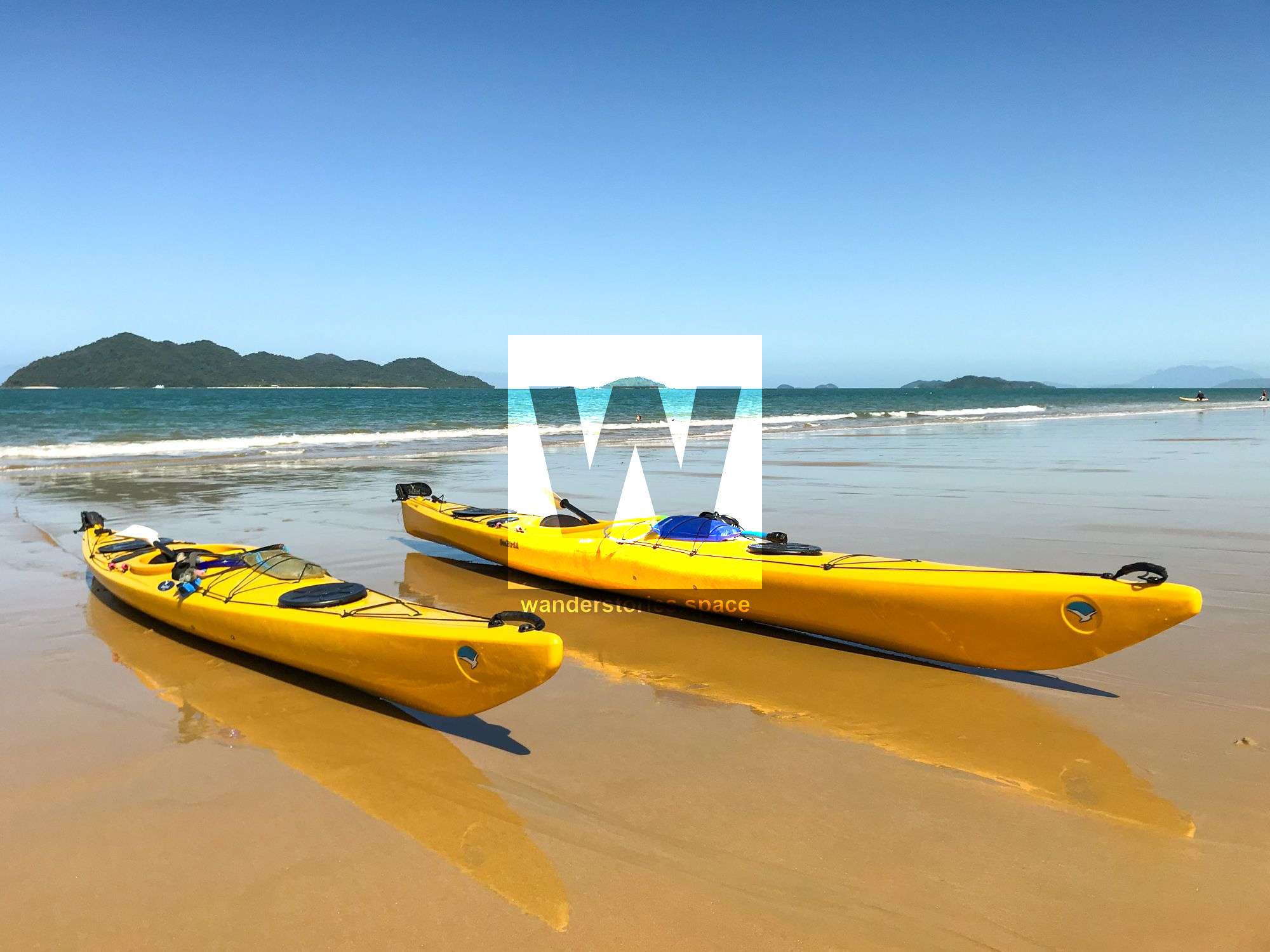
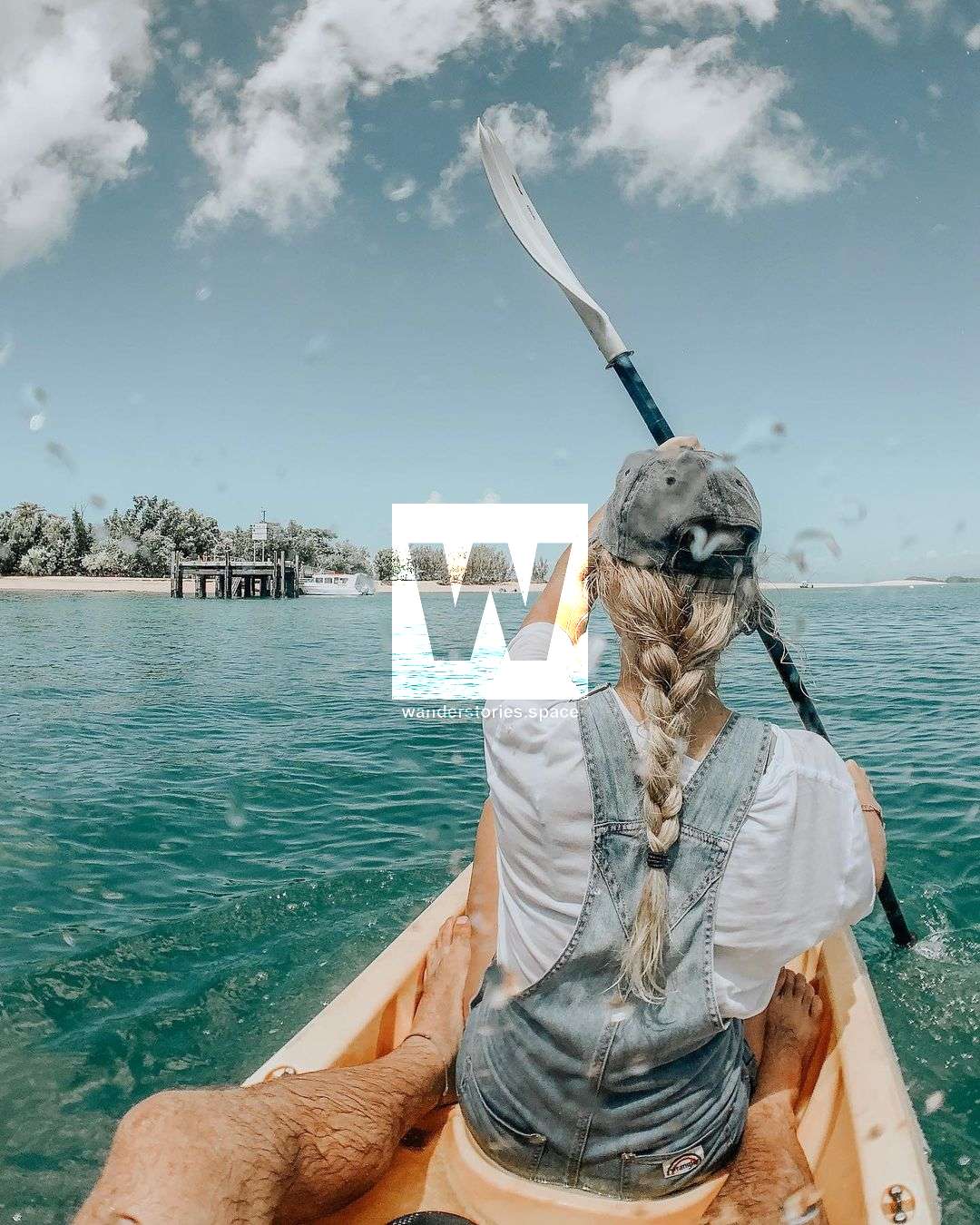
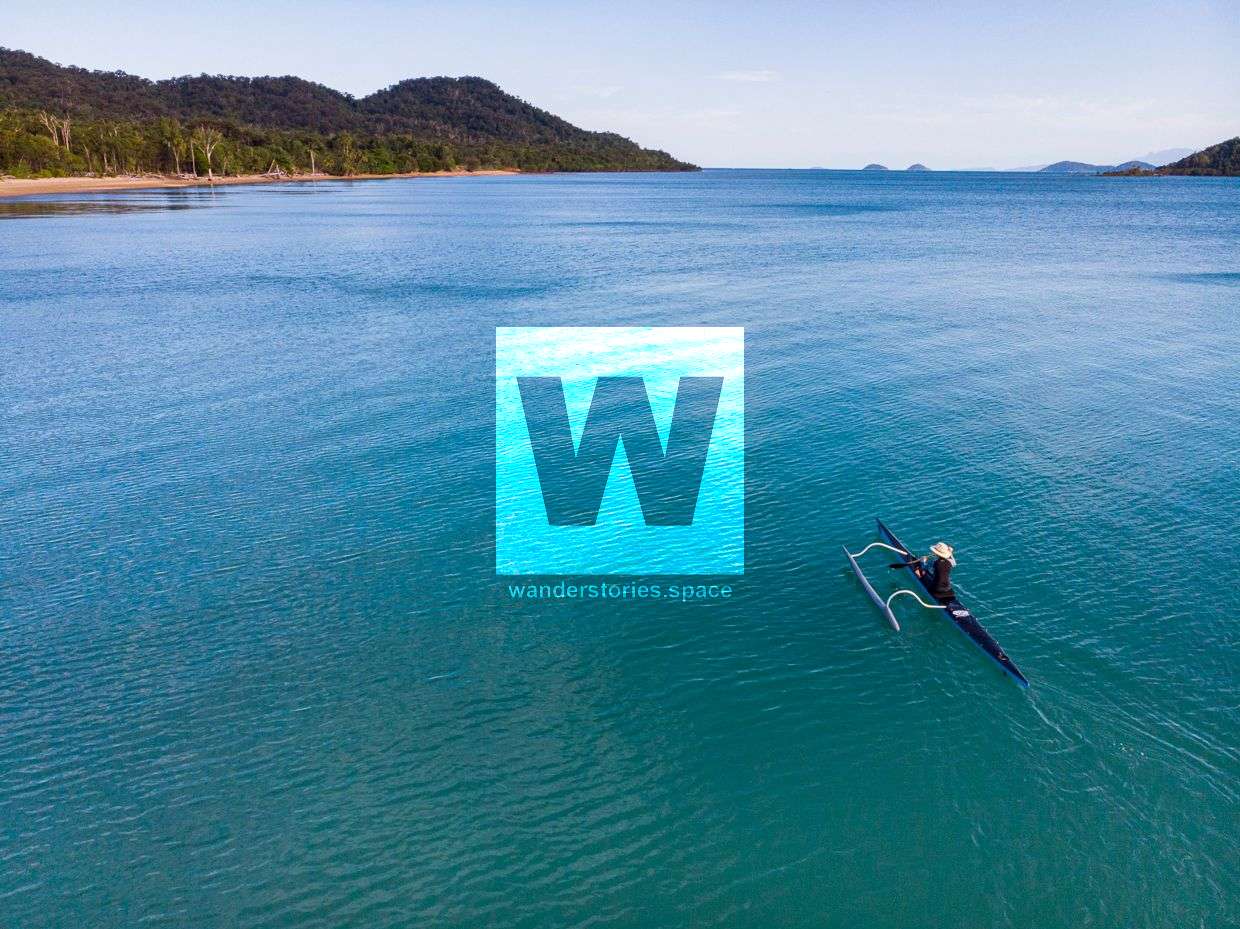
Left: Jodie Rummer; Middle: Sheridan Harris; Right: Keith Dyson
Dunk Island
Mission Beach to Dunk Island is an easy 5 km one-way. Camp on Dunk Island and explore the Family Islands.
Hinchinbrook Island
Coral Sea Kayaking do tours around this island. It's a 75 - 80 kilometre trip. Starting at Lucinda. Paddle up the east coast of Hinchinbrook Island and return to the mainland via Goold Island – this avoids the boat traffic from the channel and the crocodile territory of Missionary Bay.
The Great East Coast
Here's an idea for the extreme ones. Paddle up the East Coast island hopping. Starting from Palleranda, paddle through the Palm Island Group, and around Hinchinbrook Island before making your way back to the mainland. A lot of water carrying capacity for this trip would be required.
Being safe on the water
- Estuarine crocodiles inhabit the marine area. Be croc-wise and avoid esturaies.
- Marine stingers may be present throughout the entire year however the stinger season is commonly from November through to May. So during these times, wear a stinger suit.
- Wear sun protection such as sunscreen and zinc, a wide-brimmed hat (with flats), long-sleeves, and sunglasses. Remember to reapply your sunscreen.
- Take plenty of drinking water and drink it! It's important to stay hydrated when active in the North Queensland Tropics. Allow for 5 litres of water consumption per day when exercising in Summer. Note that the small islands do not have fresh water.
- Check the weather forecast before you go. The prevailing winds are northeasterly.
- Let someone know your plans - where you are going and when you expect to return. And go with someone else.
- Wear an approved life jacket.
- Carry all the required safety gear. Such as a first aid kit and an emergency position indicating radio beacons (EPIRB).
For more resources and information on kayaking around Townsville, see the Townsville Kayaking Club.
This article, and all other articles, are for entertainment purposes only and are not to be used as a guide. Please see our Disclaimer for more information.
